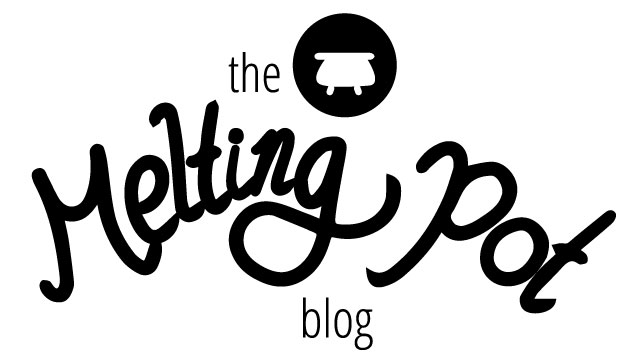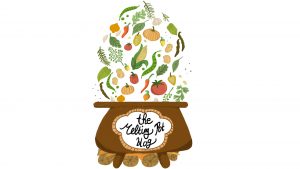Italy
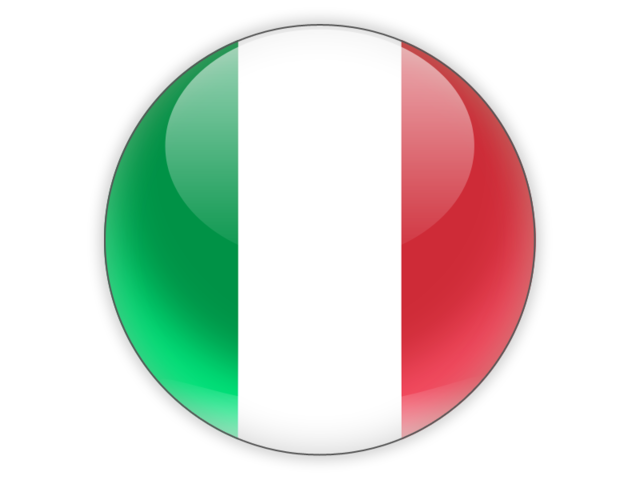
Italy or formerly known as Vitalia which translates to “Land of Cattle”. Situated in south-central Europe, it has a population of 59.55 million & is often described as a country shaped like a boot. The capital of Italy is Rome & Italian is the official language spoken. Although, 50% of the population speak their regional dialect & recognize this as their mother tongue. Some dialects are so different that it is considered a completely different language all together.
A Timeline Of Italian Cuisine
Italy is one of the countries that have always had a huge influence on humanity, from their amazing Roman Empire to their numerous cultural achievements. But Italian Food has always been a staple too, even if it changed quite a lot during the years.
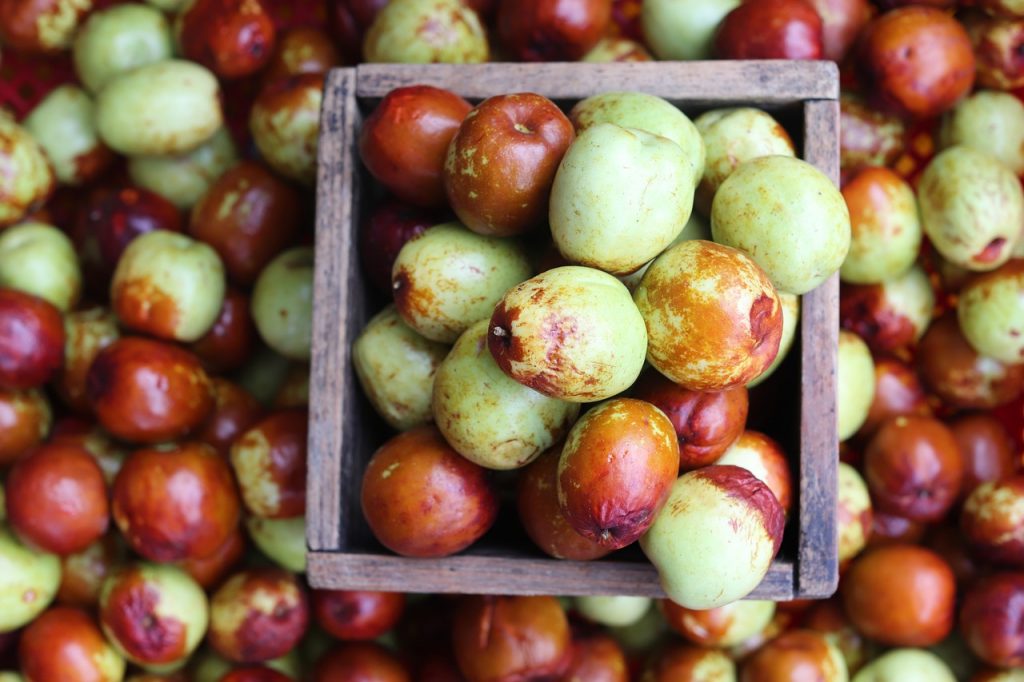
At first, Italian food was not about spices, but that soon fell as the Roman Empire started growing. In fact, around the first century AD, there were around 470 recipes that were using herbs and spices. Romans were also working closely with Greeks and they were importing cheese and bread from them. Some foods like the jujube were very popular during those ancient times, and they continued to grow and expand immensely during that timeline.
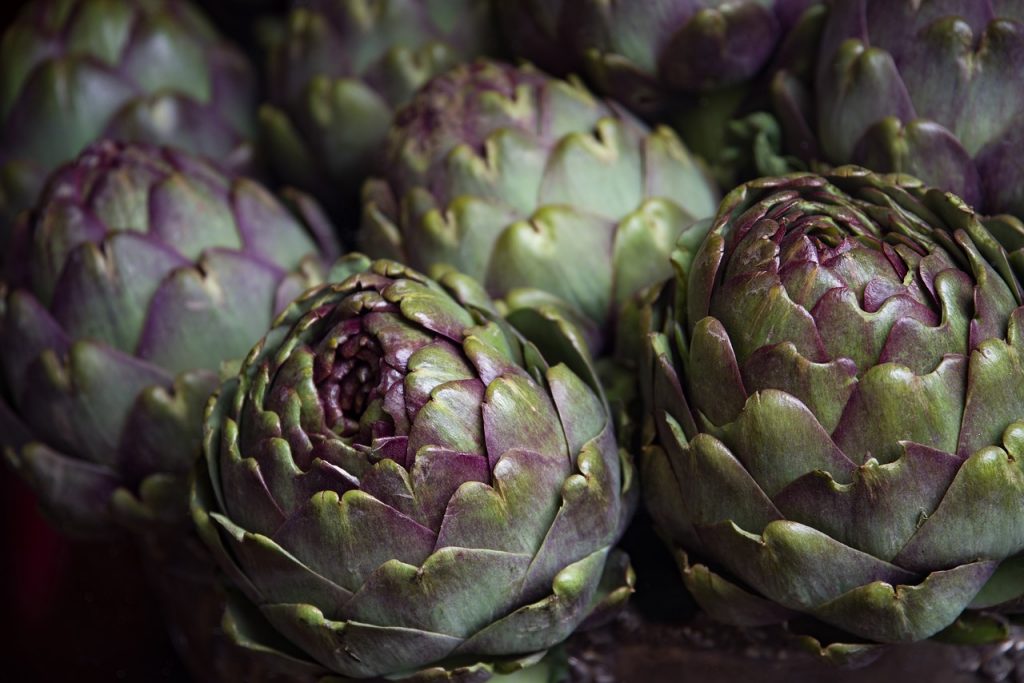
The middle ages were a challenging time for Italy, but their food culture managed to grow quite a bit. During the 9th century Arabs invaded Sicily and they introduced rice, almonds and spinach to the region. It’s also around that time when durum wheat, eggplants, pistachios, artichokes, chickpeas and citrus were introduced to Italy. During the 13th century the first Italian book on cuisine was introduced, that was named the Liber de Coquina. With that in mind, it noted the existence of Roman Style cabbage, among many others.

After the middle ages, we saw the courts of Florence, Venice, Ferrara and Rome having a lot of importance when it came to the Roman cuisine. Tarts and pies were very popular, and at that time Bartolomeo Scappi wrote his Opera which covered around 1000 different recipes that people were using for events and celebrations at that time. At that time and even after 1-2 centuries after that, banquets were evolving and people started eating more complex recipes including truffles or hop shoots. Towards the late 17th century, food etiquette and using a spoon, fork, knife and a napkin became prevalent too.
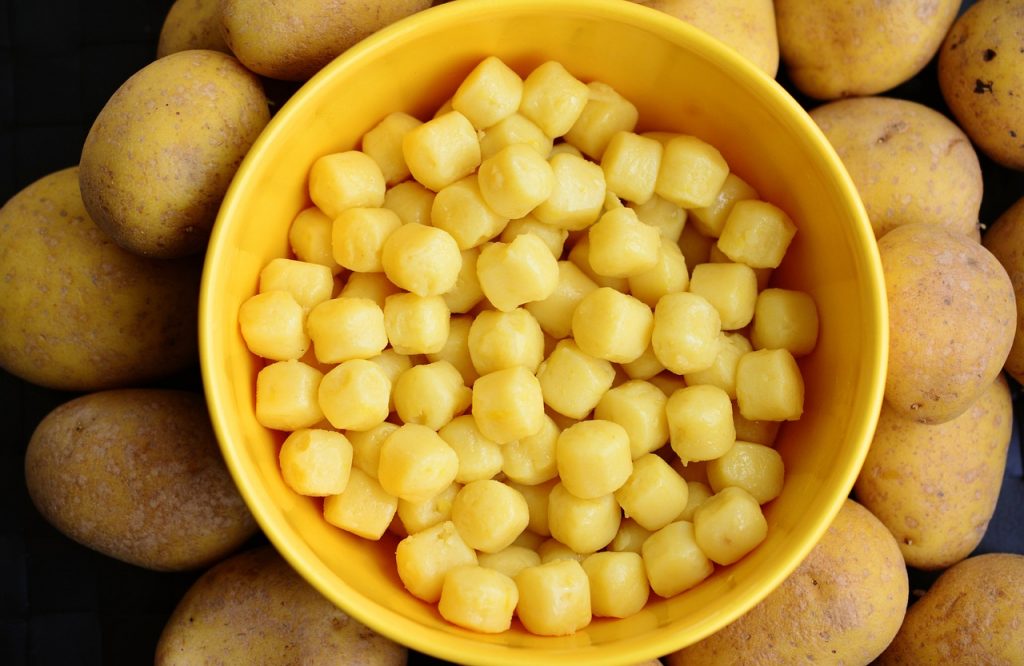
During the modern era, there was a strong focus on regional cuisine. At that time, there were also medical texts showing that people were poor and heavy meals were bad for their digestion. Things like gnocchi, rice and pasta along with local veggies became extremely popular, and they were even preferred over meats.
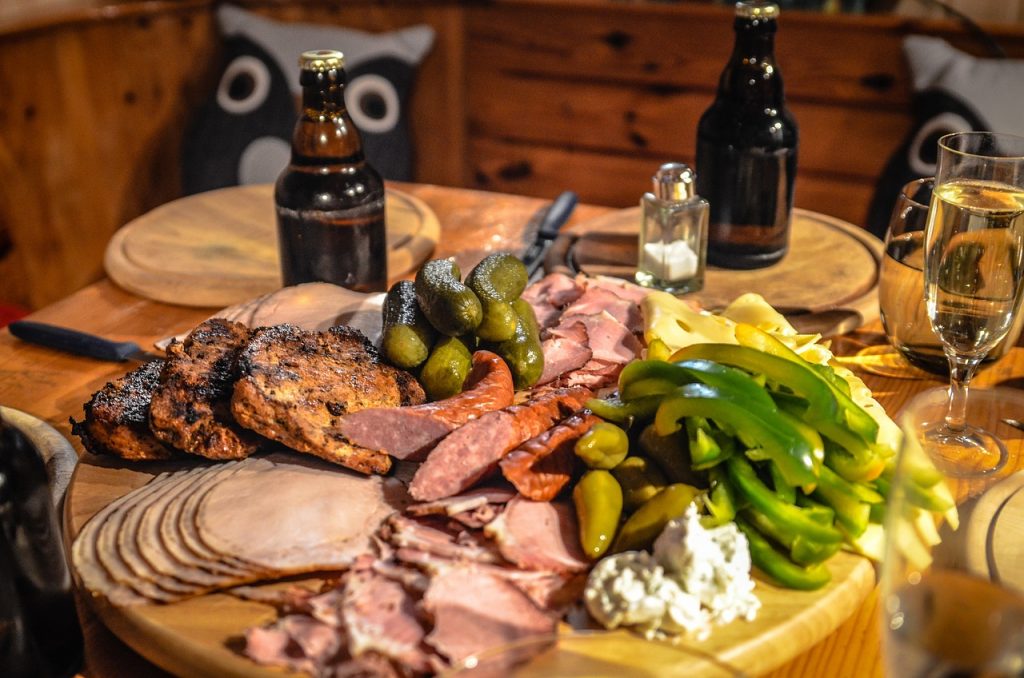
Italy has a large variety of traditional foods that are protected by international laws. Even so, it’s safe to say that Italian cuisine is copied all over the world, with pastas, cheeses, cured meats and pizzas being a prime example. While spaghetti with carbonara have become very popular, dishes like ossobuco, Cotoletta, Pizzocheri, suckling pig, olive ascolane are on the rise too.
Popular Italian Regional Recipes
It’s exciting to see that Italian food is evolving, while still keeping a lot of focus on its roots. Italian traditions are very strong when it comes to the local cuisine, and it’s exciting to see how these are slowly improving and becoming better all the time. It’s a sign that Italian cuisine always grows and it doesn’t shy from importing ideas from other cuisines.
